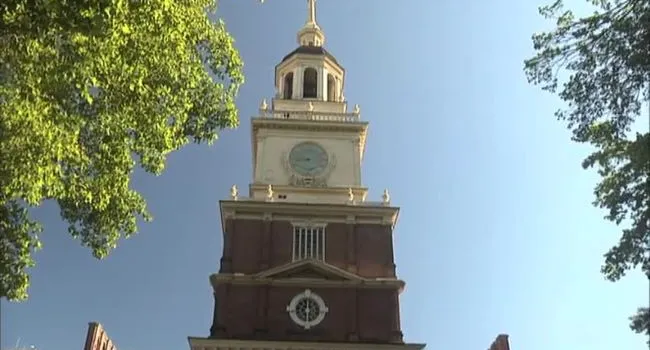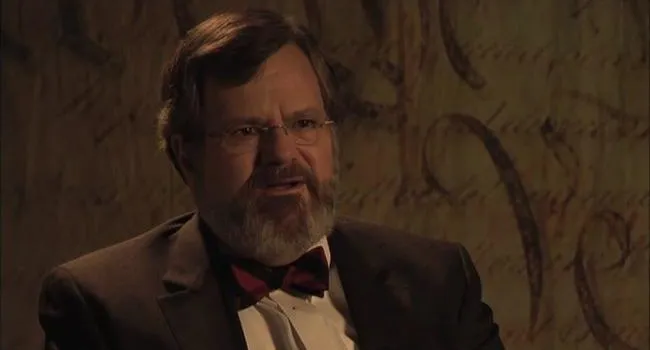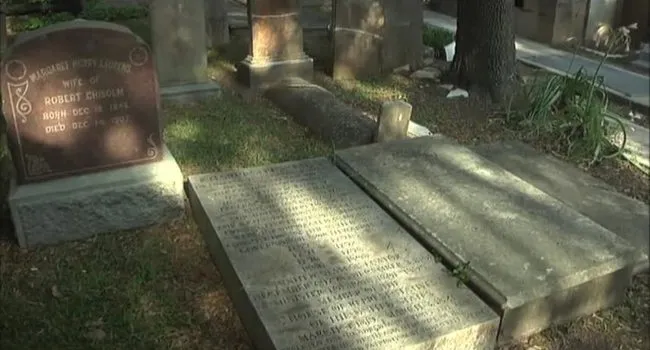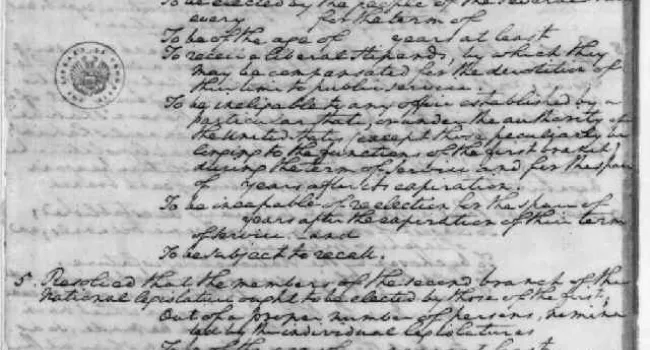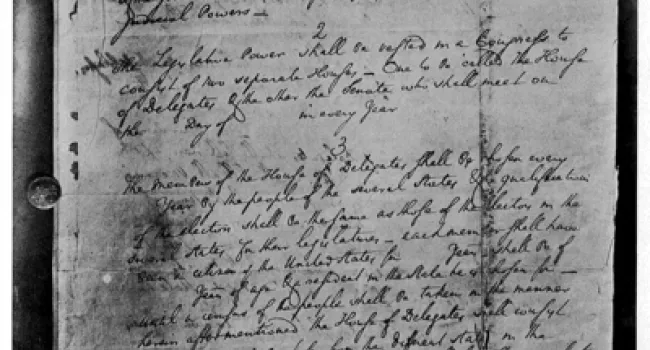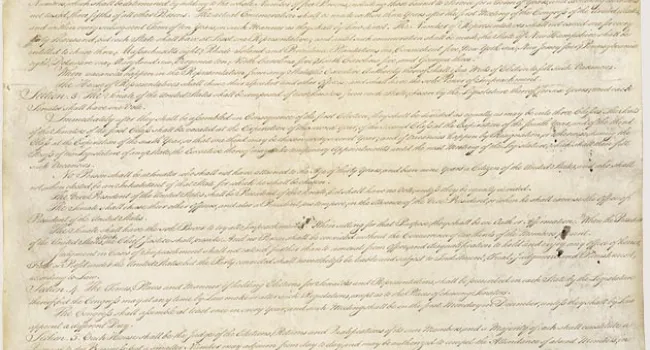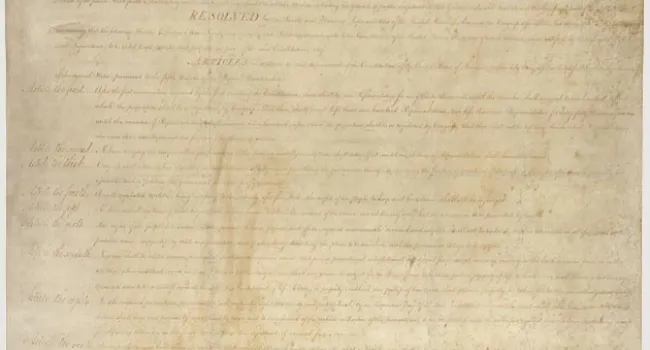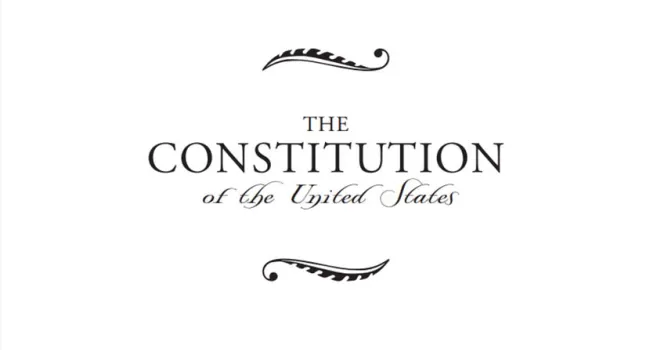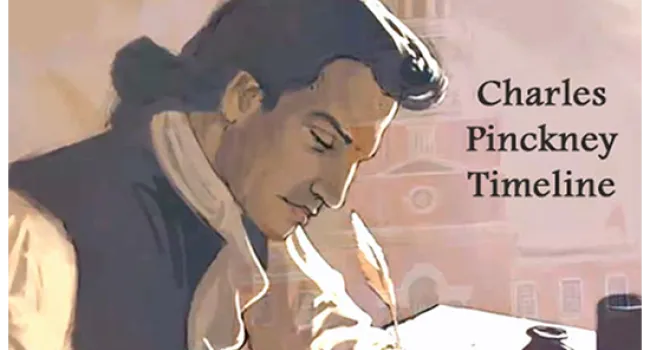Four months have passed, and they are exhausted. One by one, the roll of states is called. Each one signs, one by one. When the Convention ended on September 17, 1787, the Constitution included a proposal for ratification requiring approval by each state. Charles' cousin, Charles Pinckney, gave opening remarks.
Charles Pinckney's view of the newly formed republic was that it was unique. Like many of his peers, Pinckney wanted to ensure that the nation would not be ruled by an aristocracy, and he believed in a strong central government, while not granting Congress too much power. Supporters of the Ratification of the Constitution became known as Federalists, and its critics became known as Anti-Federalists. These two groups developed into the first American political parties. The state of South Carolina ratified the U.S. Constitution in 1788.
That same year, Charles Pinckney married Mary Eleanore Laurens. The following year, he was elected Governor of South Carolina and presided over the state's Constitutional Convention. One of the things that Pinckney helped to put into the Federal Constitution, which was in the state Constitution, was no religious qualification for holding public office, and in our State Constitution was that freedom of worship was granted to everyone. Pinckney oversaw the relocation of the state's capital from Charleston to Columbia. The Governor's office was established at his plantation on the Congaree River, just south of Columbia.
Standards
- This indicator was developed to encourage inquiry into the process which led to the formation of the U.S. government, including the convening of the Continental Congresses, the passage of the Articles of Confederation, and the adoption of the U.S. Constitution.
- 4.2.P Analyze the sequence of events that led to the establishment of the U.S. as a democratic republic.



